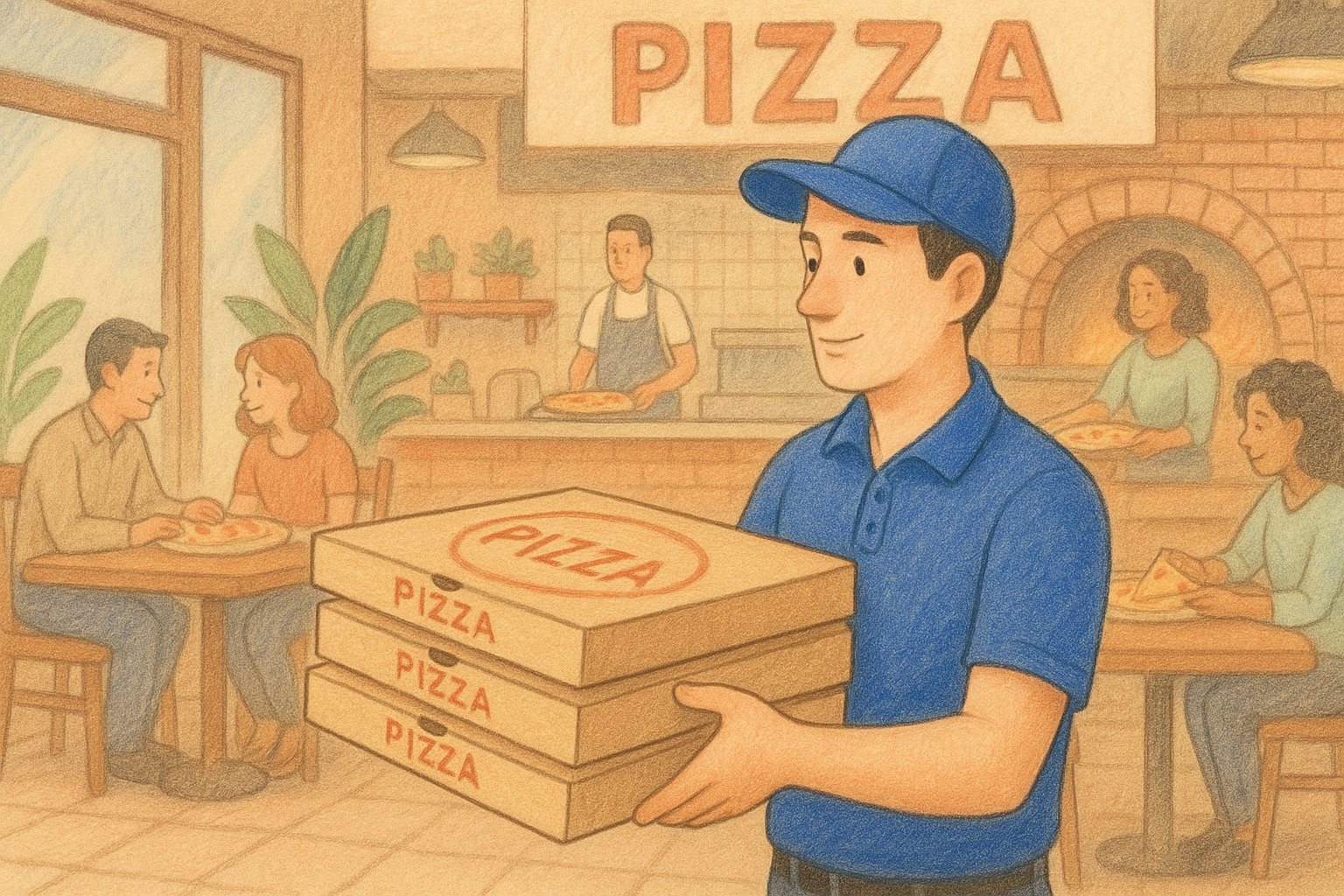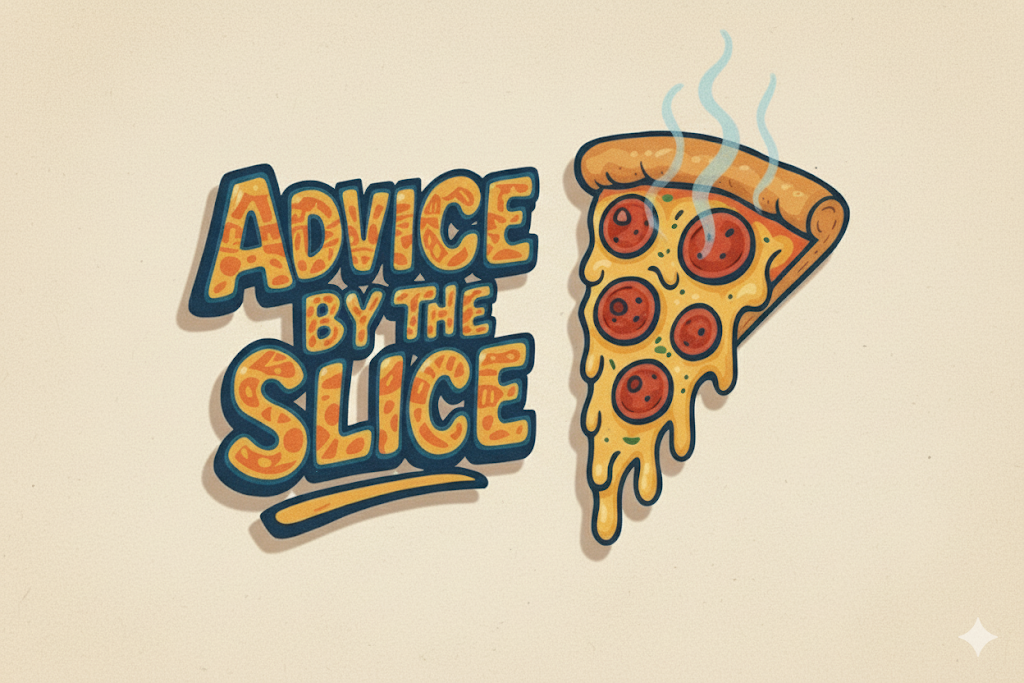5 Must‑Have POS Features for Multi‑Location Pizzeria Chains
RESTAURANT TECHNOLOGY
For restaurant groups and pizza chains expanding across multiple storefronts, choosing the right POS solution becomes mission‑critical. A robust pizza POS (point‑of‑sale) system isn’t just about taking orders, it’s about unified control, real‑time insights, streamlined operations, and delivering a consistent guest experience across every location. In this article, we’ll dive into the 5 must‑have features that every multi‑location restaurant chain should demand in their POS. Whether you’re opening your second store or your twentieth, these features will help your technology support growth instead of holding you back.
1. Centralized Menu & Pricing Management
When you’re operating multiple locations, consistency and speed matter. A key feature in a strong multi‑location restaurant POS system is a centralized menu and pricing engine. With this you can:
- Push out menu changes, seasonal items, promotions or pricing updates from one master dashboard to all locations at once.
- Tailor certain items or pricing by location while retaining brand standards and centralized control.
- Roll back or update quickly in response to supply‑chain changes (especially important for pizza ingredients)
- Maintain brand consistency for your pizza offerings across all stores, ensuring each location presents the same menu to customers.
Why this matters for pizza chains:
In a pizza chain you may have signature pies, combos, limited‑time offers (LTOs), and local specials. If every location has to manually reconfigure menus or pricing, you risk errors, inconsistency and lost revenue. A pizza POS with centralized menu management ensures your systems stay in sync, your guests see the same offering everywhere, and you can deploy changes at scale.
2. Real‑Time Multi‑Location Reporting & Analytics
Scaling across locations means you need visibility, and fast. A strong pizza POS for a multi‑location chain must include real‑time dashboards, consolidated reporting, and location‑by‑location drill‑downs.
- Track sales, top‑selling pizza items, modifiers (such as toppings, crusts, gluten‑free), cost of goods, and compare performance across stores.
- Monitor labor costs, shift performance, device uptime, and cross‑location inventory trends.
- Identify under‑performing locations quickly and deploy standardized best‑practices across your chain.
- Enable remote management—owners and regional managers can oversee the business without being on‑site.
Tip: Use reporting data from your pizza POS to refine which pizza varieties, toppings or promos resonate with each region, and then roll those successful tactics chain‑wide.
3. Cloud‑Based, Multi‑Store Scalability & Remote Access
Traditional on‑premise POS systems struggle when you scale. For multi‑location pizza restaurants, a cloud‑based POS is almost mandatory.
- Deploy new stores quickly: download software, add devices, and you’re live. No lengthy hardware installs across every location.
- Remote access from anywhere. Managers can check dashboards, make updates, see orders, even during off‑hours.
- Ensure data is synced across all stores, so you avoid local islands of information.
- Support for distributed teams, multiple franchisees, and national operations without sacrificing control.
Why pizza chains benefit:
Many pizza chains operate in varied markets (urban, suburban, delivery‑heavy, dine‑in). A cloud‑based pizza POS means each store can run optimally while tying into the central system for brand‑wide oversight.
4. Ingredient & Inventory Management Tailored for Pizza Operations
Pizza operations have unique requirements such as multiple toppings, crust types, modifiers, specials, combo deals, online ordering and delivery. Your pizza POS must support sophisticated inventory and ingredient‑level tracking.
- Track stock of dough, cheese, toppings, sauces and other ingredients in real‑time, across locations.
- Prevent stockouts and ensure consistency of your pizza offering chain‑wide.
- Alert when ingredient levels drop, help automate re‑orders or trigger regional replenishment.
- Integrate with third‑party online ordering/delivery platforms so ingredient use from those orders counts against inventory.
Chain advantage: With multiple locations, insights from ingredient usage at one store can inform purchasing and menu strategies for all of your stores. The right pizza POS gives you plugin versatility for managing across your whole network.
5. Integrated Online Ordering, Delivery & Loyalty Support
Pizza businesses increasingly depend on online ordering, delivery platforms and customer loyalty programs. A modern pizza POS should integrate seamlessly with these channels, especially when serving multiple locations.
- Accept orders from your website, mobile app, and third‑party delivery services directly into the POS, no manual entry.
- Centralize loyalty programs so a customer who visits any location earns and redeems rewards consistently.
- Unified customer profiles across locations, track preferences, order history and leverage for targeted promotions (e.g., “your favorite pizza crust is on promotion tomorrow”).
- Support for delivery routing, driver dispatching and online order volume analytics, essential for pizza chain efficiency.
Bonus: Use your pizza POS to launch location‑specific promos (e.g., “Two large pizzas on Tuesdays at these three stores”) while tracking performance chain‑wide.
Q&A Section
Q1: What is the best pizza POS system for multi‑location restaurants?
A: The “best” system depends on your specific needs (number of stores, delivery volume, staffing model). But for multi‑location pizza operations look for a system offering centralized menu control, strong reporting, cloud‑based scalability, ingredient/inventory tracking and delivery integration, exactly the 5 features described above.
Q2: How much does a multi‑location pizza POS cost?
A: Pricing varies widely based on features, hardware, number of locations, support levels and integrations. Many vendors charge a subscription per location plus hardware. Factor in cost of implementation, training and ongoing support. But the ROI from faster roll‑outs, unified operations and fewer errors can justify the investment.
Q3: Can a pizza POS system handle expansion into new locations?
A: Yes. A cloud‑based, scalable pizza POS is designed for expansion. You can clone menus, assign roles, configure new stores, and monitor everything centrally, so your expansion doesn’t create chaos but follows the same proven operational template.
Q4: How does a pizza POS support delivery and online ordering across locations?
A: The right system integrates with online ordering channels and delivery services, routing all orders into a unified workflow. It updates inventory, applies consistent pricing/promos, feeds loyalty programs and generates chain‑wide analytics so every location participates seamlessly.
Q5: What are the biggest risks if my pizza POS lacks these features?
A: Without these features you risk inconsistency across locations (different menus/pricing), fragmented data (no central oversight), slow expansion (manual setups), ingredient shortages (poor inventory tracking), and missed revenue from delivery/loyalty gaps. These weaknesses can erode margins, brand reputation and growth potential.
Features of Your POS Make a Difference
As your pizza chain grows, your technology must evolve from a register at each store to a head‑office grade control center powered by your pizza POS system. By prioritizing centralized menu management, real‑time analytics, cloud‑based scalability, ingredient/inventory tracking, and integrated online ordering & loyalty, you put your operation in a position to scale, adapt and outperform. If you’re ready to take the lead in your market, let Adora POS show you how.
Adora is Best For Pizza POS
Ready to scale your pizza chain with a POS system built for multi‑location success? Discover how Adora POS helps pizza operators unify stores, boost margins and deliver unforgettable guest experiences. Schedule your demo today!



